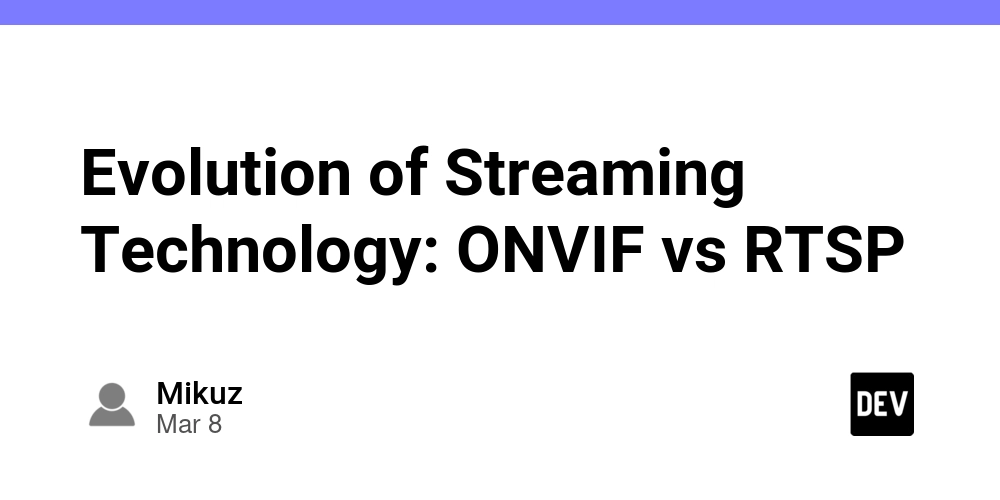Full Stack Development: An Analysis of Approaches and a Practical Alternative
Full stack development begins with choosing an architectural approach. Whether to start with the API or the interface, whether to build a feature end-to-end or layer-by-layer — these decisions affect the stability of the final solution and the efficiency of team collaboration. In practice, three main approaches are most common: vertical slices, bottom-up (sequential backend and frontend implementation), and UI-first (interface-driven). Each has its strengths and weaknesses, and none is universally applicable. The vertical slice model focuses on implementing each feature fully — from database to the final user interface. This can be convenient in Agile teams or for showcasing finished parts to stakeholders. However, it requires frequent context switching between layers and can be unreasonably labor-intensive, especially when working alone or in a small team. Furthermore, the architecture often becomes secondary — formed along the way rather than planned in advance. The bottom-up approach emphasizes logic: first designing the database, models, and API, and only then handling frontend rendering. This provides stability and architectural clarity and allows for isolated functionality testing. However, in a team environment, it can lead to delays for frontend developers, and in solo development, it postpones any visual progress. Moreover, the interface might fail to account for the limitations or peculiarities of the API if user interactions are not considered early on. The UI-first approach prioritizes mockups, prototypes, usability, and visual output. It is especially popular during pre-production, when stakeholders want to see what the product will look like. The issue here is that the backend often ends up playing catch-up. This creates a risk of inconsistencies, API overload, and architectural disarray. G-Method (Modular Backend-First) After testing all of these approaches in my own projects, I arrived at an alternative system that can be described as modular, backend-first. At its core, the work is organized not by layers or features, but by logical modules, implemented one by one. I don’t build the entire backend or frontend upfront. Instead, I select a specific module — for example, authentication — and implement it in full: from database structure and seeders to routes, logic, and API. Once everything is tested, I move on to the interface, create a working form, and connect it to the backend. This method provides several benefits. First, it reduces cognitive overload — at any given moment, I’m focused on one well-defined scope. Second, the API is always tested in advance via Postman, which ensures confidence in its correctness. Third, frontend development does not have to wait for the full backend — seeders and factories make it possible to use real data early on. Fourth, the project evolves based on logic, not just on the readiness of individual layers. How Modular Work Is Structured I implement each module according to a consistent sequence: Analyze the functional requirements of the module. Design the database structure and write migrations. Add seeders or factories with test data. Implement routes, controllers, and business logic. Test the API using Postman: cover core and edge cases. Move to the interface: create the form, connect it to the API, and verify the integration. At this stage, I don’t focus on the visual design — the goal is to ensure the logic works as intended. Once a module is completed, I move on to the next one and repeat the process. This approach scales well. In a team, it is easy to assign separate modules to different developers. In solo projects, it helps maintain control over the architecture. When necessary, I generate a database dump with test data — particularly when working with junior developers, as it simplifies onboarding and reduces error risks. In certain situations, I deviate from this workflow. Sometimes it's necessary to quickly create a mockup, and using temporary mocks is acceptable. In other cases, I adapt the API to an existing interface, especially if the frontend was developed first. But overall, the modular structure led by backend logic remains the most robust, logical, and manageable approach for me. This method doesn’t claim to be universal. But it offers a stable and rational alternative to classical models. It is especially well-suited for projects started from scratch, by individuals or small teams. It helps maintain architectural clarity without slowing down progress and provides a controlled way to scale without fragmentation or overload.
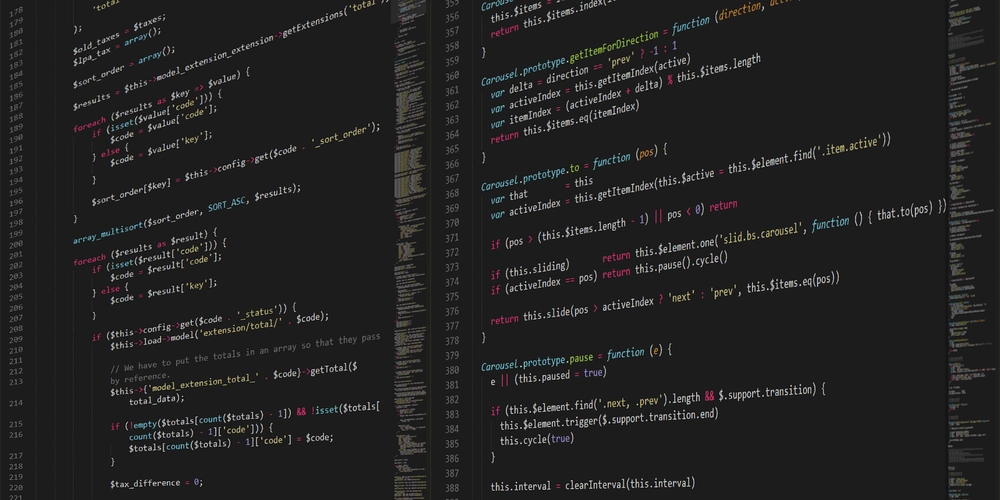
Full stack development begins with choosing an architectural approach. Whether to start with the API or the interface, whether to build a feature end-to-end or layer-by-layer — these decisions affect the stability of the final solution and the efficiency of team collaboration. In practice, three main approaches are most common: vertical slices, bottom-up (sequential backend and frontend implementation), and UI-first (interface-driven). Each has its strengths and weaknesses, and none is universally applicable.
The vertical slice model focuses on implementing each feature fully — from database to the final user interface. This can be convenient in Agile teams or for showcasing finished parts to stakeholders. However, it requires frequent context switching between layers and can be unreasonably labor-intensive, especially when working alone or in a small team. Furthermore, the architecture often becomes secondary — formed along the way rather than planned in advance.
The bottom-up approach emphasizes logic: first designing the database, models, and API, and only then handling frontend rendering. This provides stability and architectural clarity and allows for isolated functionality testing. However, in a team environment, it can lead to delays for frontend developers, and in solo development, it postpones any visual progress. Moreover, the interface might fail to account for the limitations or peculiarities of the API if user interactions are not considered early on.
The UI-first approach prioritizes mockups, prototypes, usability, and visual output. It is especially popular during pre-production, when stakeholders want to see what the product will look like. The issue here is that the backend often ends up playing catch-up. This creates a risk of inconsistencies, API overload, and architectural disarray.
G-Method (Modular Backend-First)
After testing all of these approaches in my own projects, I arrived at an alternative system that can be described as modular, backend-first. At its core, the work is organized not by layers or features, but by logical modules, implemented one by one. I don’t build the entire backend or frontend upfront. Instead, I select a specific module — for example, authentication — and implement it in full: from database structure and seeders to routes, logic, and API. Once everything is tested, I move on to the interface, create a working form, and connect it to the backend.
This method provides several benefits. First, it reduces cognitive overload — at any given moment, I’m focused on one well-defined scope. Second, the API is always tested in advance via Postman, which ensures confidence in its correctness. Third, frontend development does not have to wait for the full backend — seeders and factories make it possible to use real data early on. Fourth, the project evolves based on logic, not just on the readiness of individual layers.
How Modular Work Is Structured
I implement each module according to a consistent sequence:
- Analyze the functional requirements of the module.
- Design the database structure and write migrations.
- Add seeders or factories with test data.
- Implement routes, controllers, and business logic.
- Test the API using Postman: cover core and edge cases.
- Move to the interface: create the form, connect it to the API, and verify the integration.
At this stage, I don’t focus on the visual design — the goal is to ensure the logic works as intended. Once a module is completed, I move on to the next one and repeat the process.
This approach scales well. In a team, it is easy to assign separate modules to different developers. In solo projects, it helps maintain control over the architecture. When necessary, I generate a database dump with test data — particularly when working with junior developers, as it simplifies onboarding and reduces error risks.
In certain situations, I deviate from this workflow. Sometimes it's necessary to quickly create a mockup, and using temporary mocks is acceptable. In other cases, I adapt the API to an existing interface, especially if the frontend was developed first. But overall, the modular structure led by backend logic remains the most robust, logical, and manageable approach for me.
This method doesn’t claim to be universal. But it offers a stable and rational alternative to classical models. It is especially well-suited for projects started from scratch, by individuals or small teams. It helps maintain architectural clarity without slowing down progress and provides a controlled way to scale without fragmentation or overload.












































































































































































![[The AI Show Episode 144]: ChatGPT’s New Memory, Shopify CEO’s Leaked “AI First” Memo, Google Cloud Next Releases, o3 and o4-mini Coming Soon & Llama 4’s Rocky Launch](https://www.marketingaiinstitute.com/hubfs/ep%20144%20cover.png)

















































































































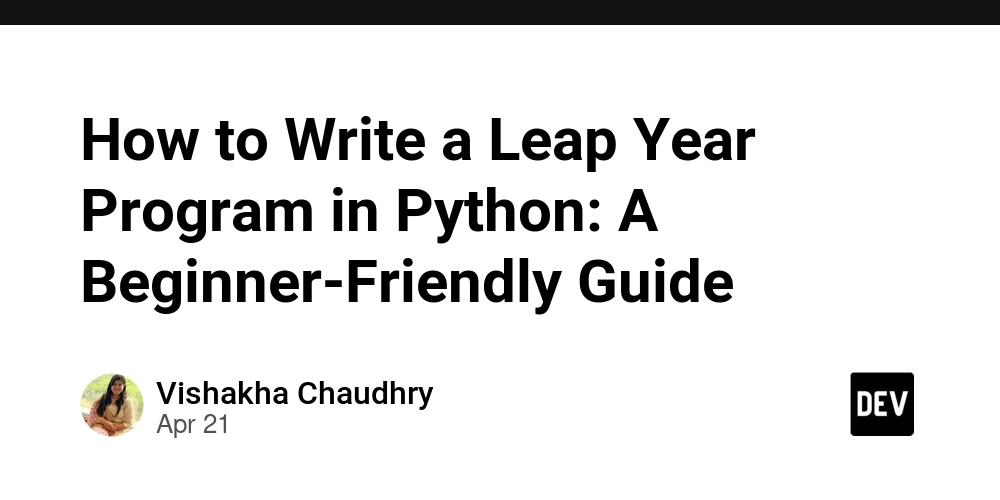
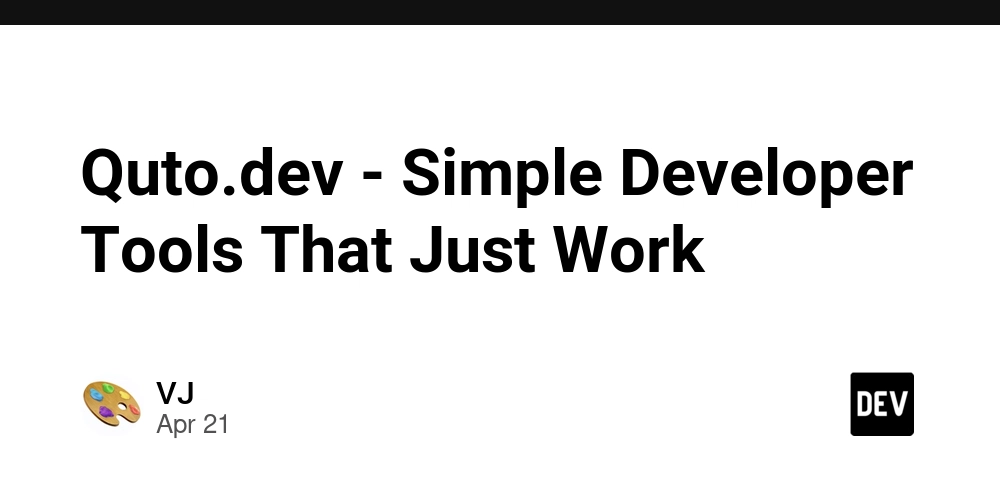
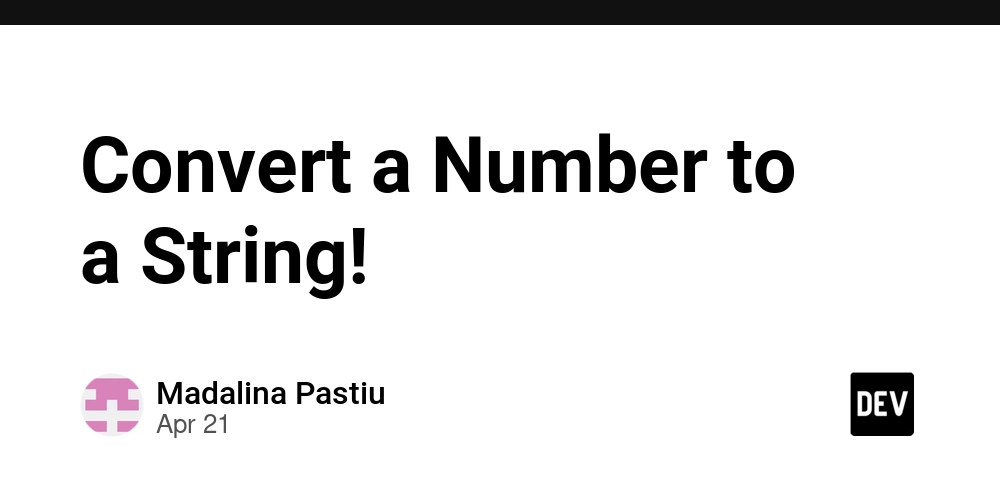













![From fast food worker to cybersecurity engineer with Tae'lur Alexis [Podcast #169]](https://cdn.hashnode.com/res/hashnode/image/upload/v1745242807605/8a6cf71c-144f-4c91-9532-62d7c92c0f65.png?#)
























![BPMN-procesmodellering [closed]](https://i.sstatic.net/l7l8q49F.png)











































































































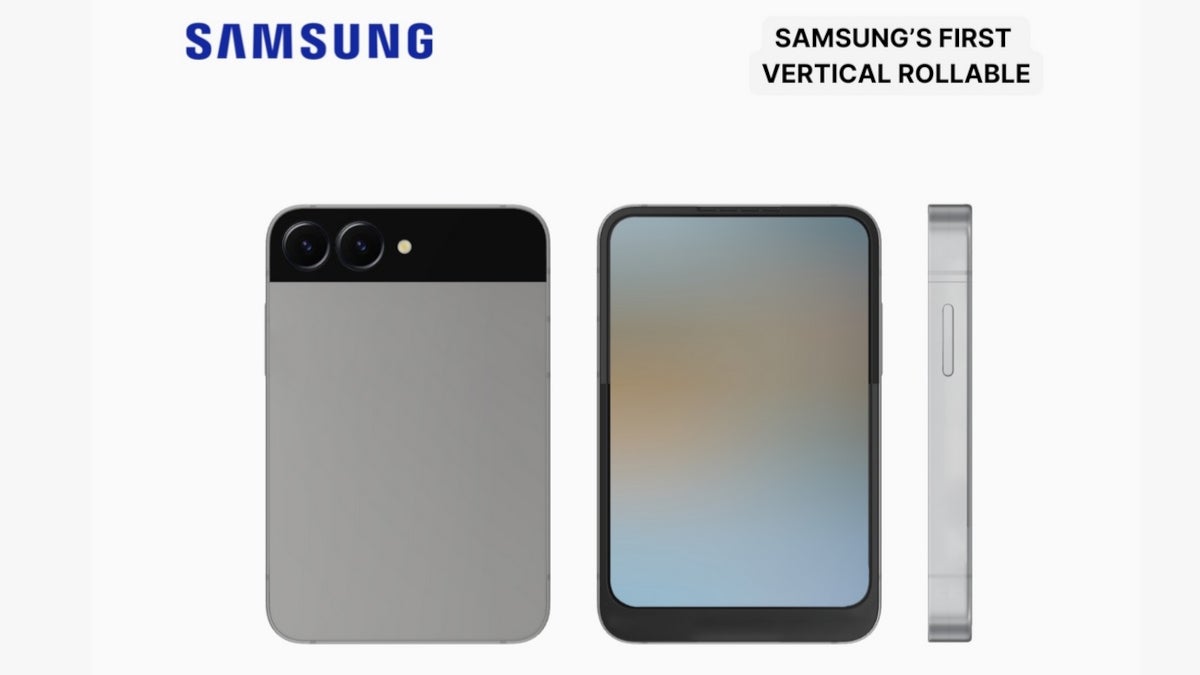











_Tanapong_Sungkaew_via_Alamy.jpg?width=1280&auto=webp&quality=80&disable=upscale#)

_Andreas_Prott_Alamy.jpg?width=1280&auto=webp&quality=80&disable=upscale#)

.png?#)
















































































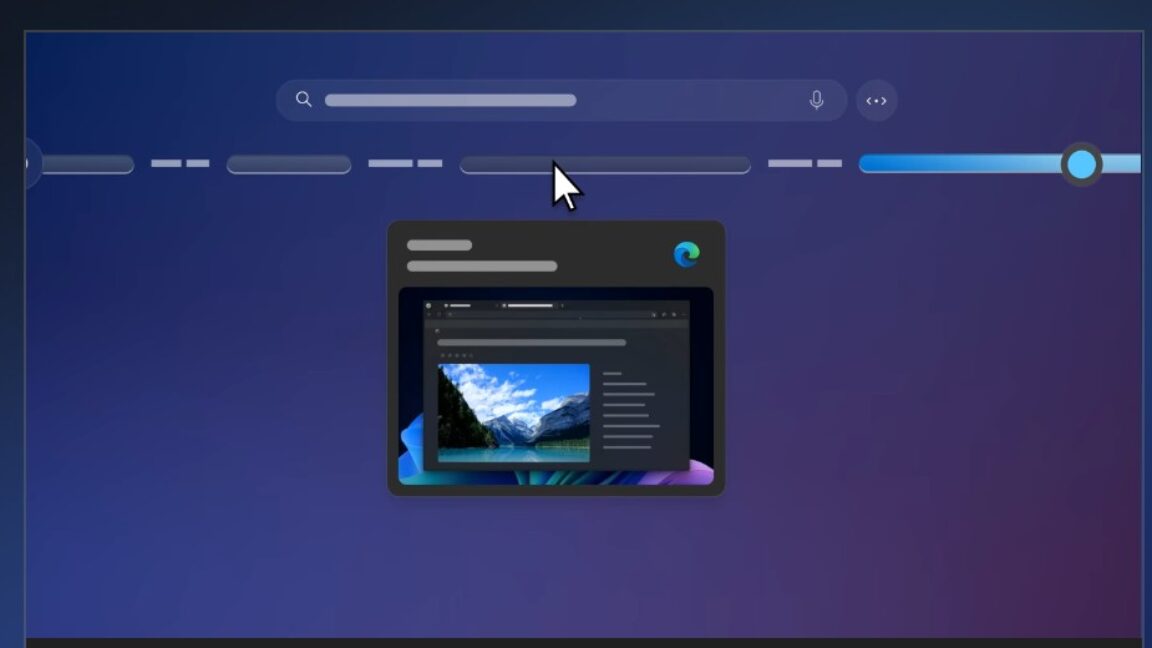








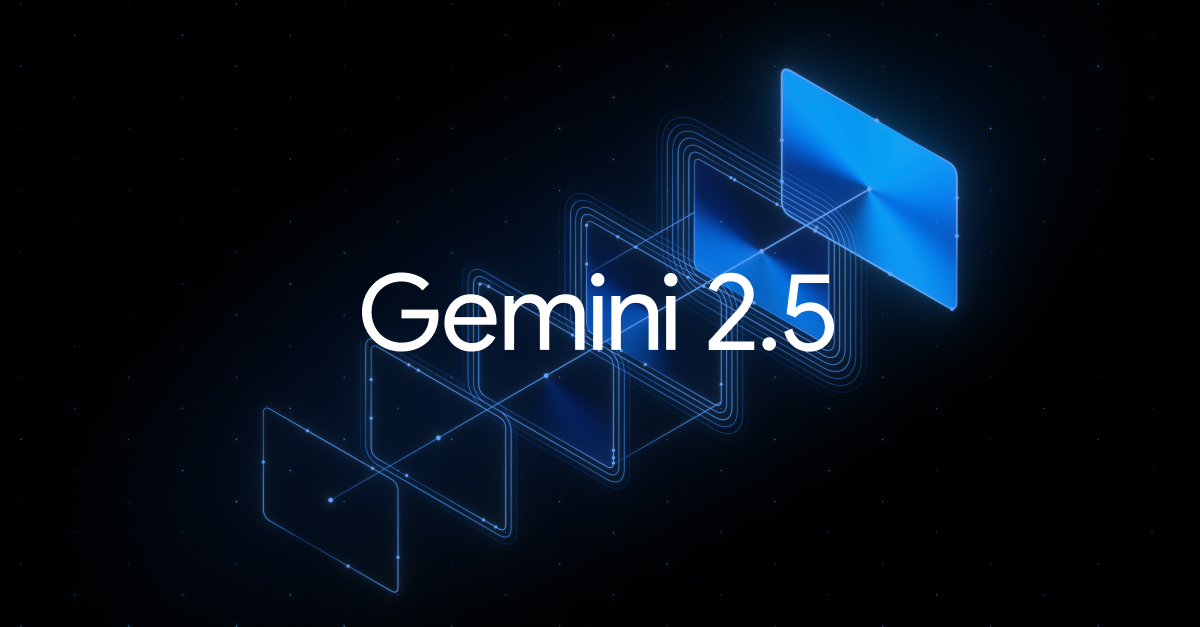








![CMF Phone 2 Pro has a dual-tone design and improved camera in latest teasers [Gallery]](https://i0.wp.com/9to5google.com/wp-content/uploads/sites/4/2025/04/cmf-phone-2-pro-camera-tease.jpg?resize=1200%2C628&quality=82&strip=all&ssl=1)

![Lenovo shows off its next 8.8-inch Legion Tab with vague AI promises [Gallery]](https://i0.wp.com/9to5google.com/wp-content/uploads/sites/4/2025/04/lenovo-legion-tab-y700-2025-1.jpg?resize=1200%2C628&quality=82&strip=all&ssl=1)












![Apple Shares New Ad for Photo 'Clean Up' With Apple Intelligence [Video]](https://www.iclarified.com/images/news/97074/97074/97074-640.jpg)
![Samsung Targets Late 2026 Launch for Advanced Texas Chip Fab Following Delays [Report]](https://www.iclarified.com/images/news/97073/97073/97073-640.jpg)

![Apple Shares Official Trailer for 'Long Way Home' Starring Ewan McGregor and Charley Boorman [Video]](https://www.iclarified.com/images/news/97069/97069/97069-640.jpg)















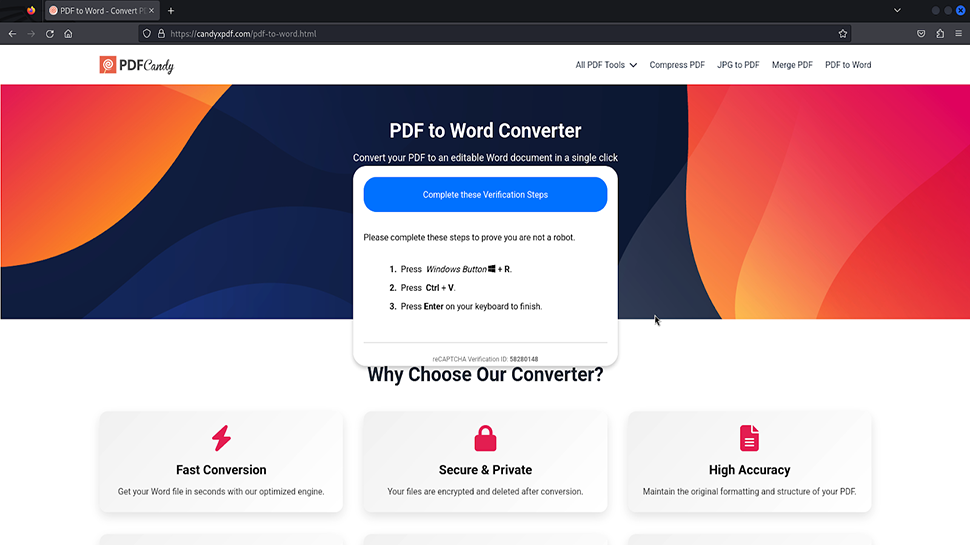












![Mobile Legends: Bang Bang [MLBB] Free Redeem Codes April 2025](https://www.talkandroid.com/wp-content/uploads/2024/07/Screenshot_20240704-093036_Mobile-Legends-Bang-Bang.jpg)































































































